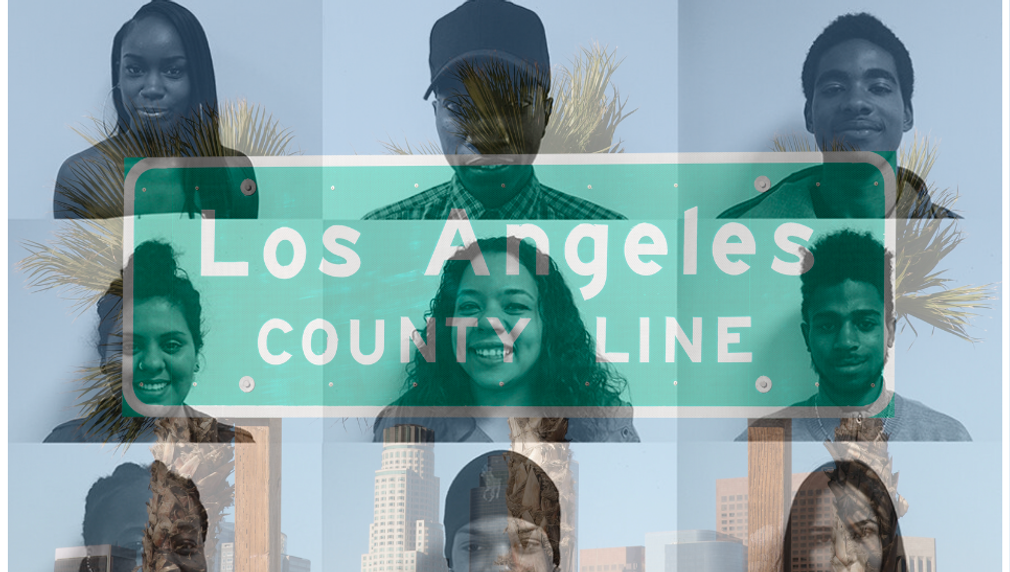Housing Transition-Age Foster Youth
RightWay’s program Operation Housing First disrupts the cycle of generational poverty and trauma for transition-age foster youth. RightWay secures safely-located apartments, signs the master lease, supplies the security deposit, and pays a portion of each month’s rent for one year while helping our clients build financial independence and healthy lives through enrolling them in our intensive programs and services. Housing stability means youth can focus on employment and financial well-being without the stress of searching for stable shelter.

What is the primary issue area that your application will impact?
Housing and Homelessness
In which areas of Los Angeles will you be directly working?
County of Los Angeles
In what stage of innovation is this project, program, or initiative?
Expand existing project, program, or initiative
What is your understanding of the issue that you are seeking to address?
Youth involved in the foster care system experience a significant amount of trauma and instability without receiving the support that is critical to their healing, emotional well-being, and self-sufficiency. Studies show young people exiting the system encounter high rates of Post Traumatic Stress Disorder (PTSD), unemployment, homelessness, incarceration, and social isolation, citing trauma as an underlying factor. A 2019 survey conducted by the Los Angeles Homeless Services Authority (LAHSA) revealed that about one-third of young people (ages 18-24) experiencing homelessness had exited the foster care system. A young person’s risk of experiencing homelessness upon emancipation increases without sufficient preparation to enter the workforce. Without trauma-informed job readiness support, past trauma can be carried into the workplace, affecting a young person’s ability to retain employment, earn a living wage, and maintain stable housing.
Describe the project, program, or initiative this grant will support to address the issue.
RightWay seeks to counter homelessness among transition-age foster youth through permanent, supportive housing. RightWay will provide immediate housing in their own permanent apartment for a minimum of 50 transition-age foster youth who are unable to afford an apartment of their own. Through our Operation Housing First Program, RightWay signs the Master Lease of scattered apartment sites around Los Angeles, provides first and last month’s rent, and subsidizes a portion of rent for one year while providing youth with intensive mental health support, employment services, and case management. Financial capability services are provided to guide youth through budgeting and saving the portion of rent that RightWay covers. With our partners, supporters, and sponsors, RightWay assists each youth in fully furnishing their new apartment to create a warm and welcoming home with all basic needs met. All participants become fully immersed in RightWay’s trauma-informed job-readiness program Operation Emancipation, designed to target areas critical to a foster youth’s ability to retain employment and progress on a path toward self-sufficiency. RightWay participants have direct access to trainings, stipends, financial assistance and employment opportunities. Youth are connected to paid internships and apprenticeships to strengthen resumes, build financial stability, provide meaningful work experience, and serve as crucial stepping-stones to full-time employment.
Describe how Los Angeles County will be different if your work is successful.
Los Angeles wants a quick fix for the homelessness crisis. While housing transition-age youth (TAY) is not a quick fix to homelessness, it is a quick fix to stabilizing the rapid increase in the homeless population. More than 65% of emancipating foster youth need immediate housing when they exit the system. However, there are not enough housing programs and/or transitional housing to meet this demand, which leads 50% of former foster youth to homelessness within 18 months of emancipation. RightWay envisions a future where homelessness flatlines. We want to stop homelessness before it starts, so we go to the source (one of them) and provide TAY with safe, affordable living options. Success entails housing as many TAY as possible in the near future. RightWay, ultimately, wants to acquire apartment buildings, where entire facilities are dedicated to housing TAY.
What evidence do you have that this project, program, or initiative is or will be successful, and how will you define and measure success?
RightWay will measure program impact by tracking these outcomes: -80% of youth will report an increase in social support and a decrease in social isolation. -A minimum of 80% will secure paid internship/employment and will retain employment 6 months after securing employment. -A minimum of 70% will report improved mental health and emotional well-being. -A minimum of 70% who meet the criteria for a DSM 5 diagnosis/es will report a decrease in symptoms and behaviors related to their mental health diagnosis/es. -80% will have stable housing. In the last 4 years RightWay achieved the following: -Served 431 youth -85% retention rate (youth returning for services) -Housed 30 participants -88% reported an increase in social support and a decrease in social isolation. -64% secured an internship or employment. -56 % retained employment for at least 6 months. -85% reported progress toward treatment goals. -78% reported a decrease in symptoms and behaviors related to their diagnoses.
Approximately how many people will be impacted by this project, program, or initiative?
Direct Impact: 50
Indirect Impact: 150